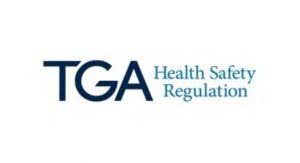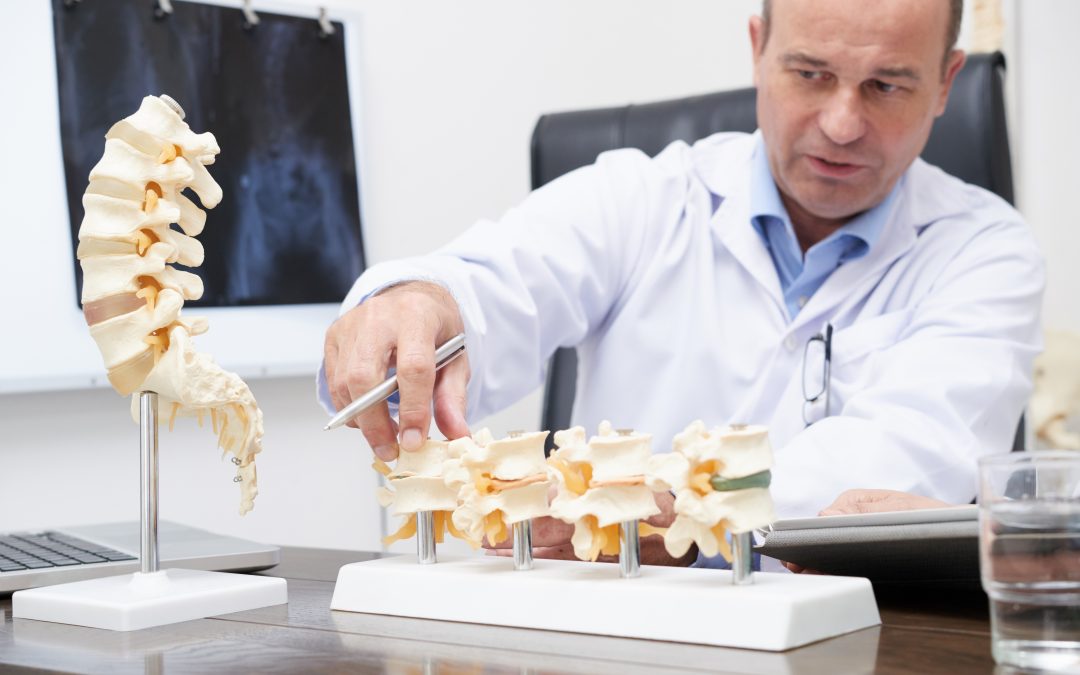The article provides an overview of the new classification approach adopted in Australia with respect to implantable medical devices.

Table of Contents
The Therapeutic Goods Administration (TGA), an Australian healthcare product regulatory authority, has issued guidance on the reclassification of spinal implantable medical devices.
This document outlines regulatory requirements and offers additional guidance for manufacturers and stakeholders to ensure compliance.
It’s important to note that the guidance provided is non-binding and does not create new rules or obligations.
The TGA reserves the right to update the guidance to align with changes in legislation.
The document aims to assist with transitional arrangements and clarifies obligations for parties involved, including medical device manufacturers and study sponsors.
Regulatory Background
The authority states that starting November 25, 2021, new rules reclassified some spinal implantable medical devices. These rules also include:
- More detailed assessment of the manufacturer’s quality management systems and assessment of technical documentation related to each device
- Conformity assessment documents demonstrating procedures appropriate for their classification
- A mandatory audit assessment by the TGA for device inclusion applications, including assessment of clinical evidence.
As per the TGA, the product’s classification affects the level of regulatory scrutiny and the safety and performance requirements that medical device parties must demonstrate.

Reclassification: Key Points
According to the spinal implantable medical device reclassification guidance, these devices play a crucial role in treating a range of spinal health problems, including arthritis, scoliosis, spinal tumors, and herniated discs.
These products are typically divided into two main categories:
– Motion-preserving devices for the spine
– Devices in direct contact with the spinal column, outlined in the guidance, until December 12, 2019.
These devices were classified as Class IIb under the Therapeutic Goods (Medical Devices) Regulations 2002.
However, after November 25, 2021, a reclassification shifted certain spinal devices to Class III. This adjustment aims to align the regulations and approach with the EU framework.
Reclassification in Detail
As per the TGA, devices explicitly designed for spine motion preservation moved from Class IIb to Class III. Starting November 25, 2021, spinal disc replacements supporting motion fall under Class III.
Ancillary devices like screws and plates remain Class IIb unless specifically used for motion preservation.
The TGA also addresses regulatory aspects of AFRS technology, designed for spinal motion restoration using traditional pedicle screw fixation.
Non-motion-preserving devices like screws, cages, plates, hooks, and rods retain their Class IIb classification. However, some bone grafts or orthopaedic cement may be reclassified to Class III based on components and usage.
Guidance for Medical Device Manufacturers
The document outlines steps for marketing affected devices post-implementation to aid medical device stakeholders in complying with the new regulations.
The actions required depend on the product’s regulatory status when the new rules occur. Transitional arrangements apply for devices listed in the ARTG pre-November 25, 2021. Responsible parties had to notify the TGA by May 25, 2022, for reclassification or cancel entries if no longer supply.
Applications made pre-implementation follow the previous framework, but Class III reclassifications need timely TGA notification and application.
For post-November 25, 2021, applications, motion-preserving devices not in the ARTG must use the mandatory Class III application form. Deviations result in fee non-refundable rejection.
To notify the TGA, use the online Consultation Hub form, including details like ARTG number, classifications, and UPIs for new Class III devices.
In summary, the TGA guidance outlines new spinal implantable device classification rules, increasing regulatory scrutiny under the risk-based system.
How Can RegDesk Help?
RegDesk is a holistic Regulatory Information Management System that provides medical device and pharma companies with regulatory intelligence for over 120 markets worldwide. It can help you prepare and publish global applications, manage standards, run change assessments, and obtain real-time alerts on regulatory changes through a centralized platform. Our clients also have access to our network of over 4000 compliance experts worldwide to obtain verification on critical questions. Global expansion has never been this simple.

